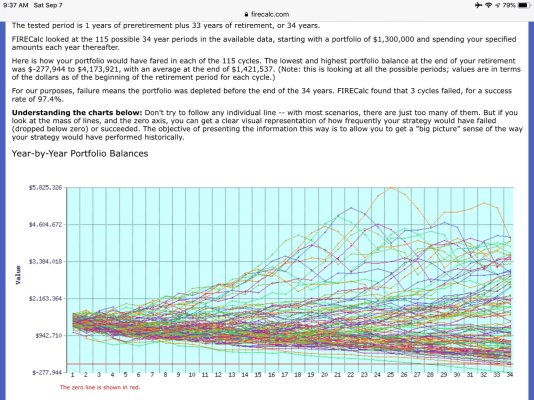almost there
Thinks s/he gets paid by the post
- Joined
- Sep 24, 2008
- Messages
- 1,017
"jebmke;2293971]This isn't uncommon but I would not suggest anyone simply assume that will be the case. Often, I find people spend all their time on the return side and not enough analyzing their expenses - both now and down the road."
Yes, see #2 of the 2 things.
#1 Was true for me. But am not saying it is for everyone.
Yes, see #2 of the 2 things.
#1 Was true for me. But am not saying it is for everyone.
Last edited:

